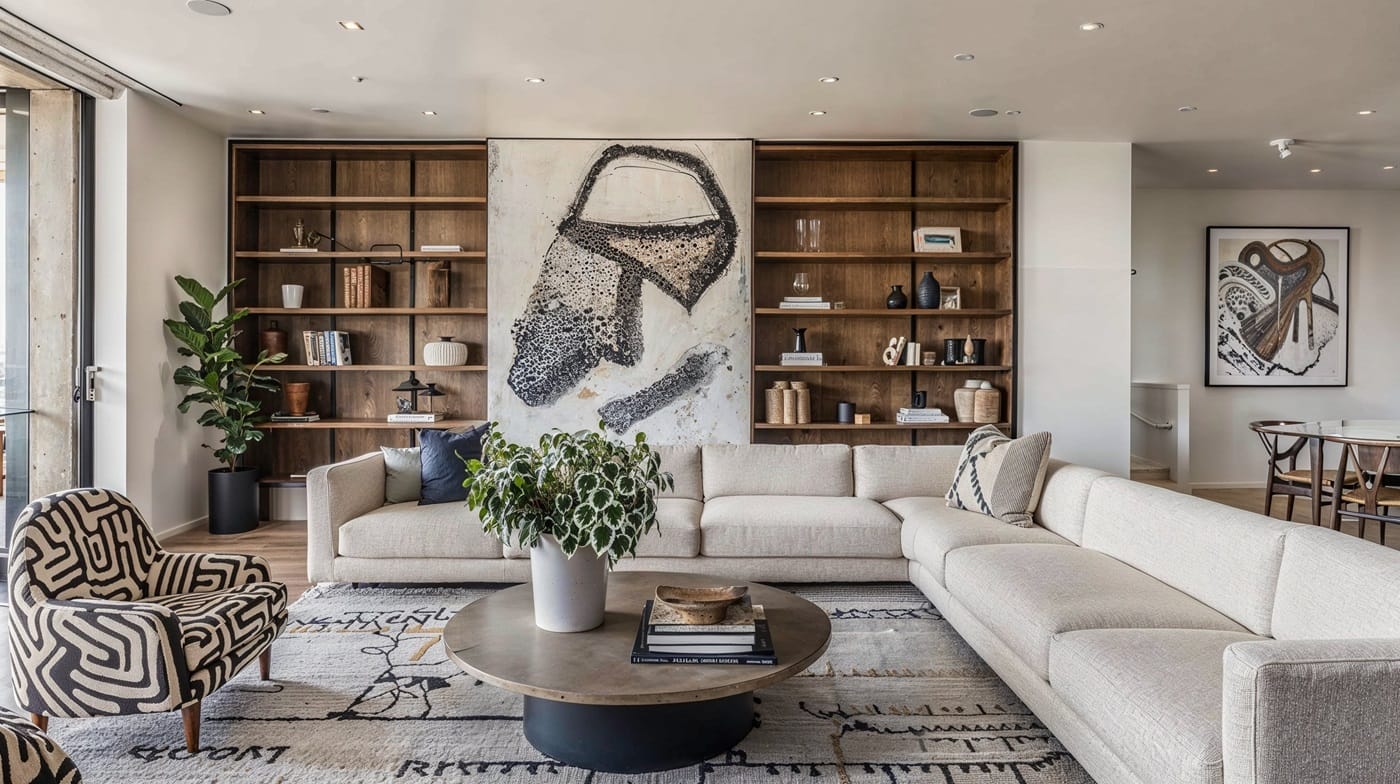Caulking Tips When Gapping Walls Ready For Painting
Caulking Tips When Gapping Walls Ready For Painting
 A big part of home interior decoration is your preparation and getting the surface you’re working on ready to work with. When I enter a job for the first time and get the feel for the job, the first thing that sticks out at me is the damage to walls and surfaces. My pet hate in a job is seeing gaps. Not only does it let air in, but bugs and creepy crawlies find their way into your home. I make that room as water tight as I possibly can [if you filled it up with water you could float around in your lazy boy with your favourite beverage ;-)]. On a serious note a well caulked or gapped up room looks very professional and gives you nice exact line and corners which also makes painting a whole lot easier. So in this segment I’m going to explain how to caulk and apply gap sealants when home interior decoration. The goal here is to finish up with a nice neat bead of gap sealant.
A big part of home interior decoration is your preparation and getting the surface you’re working on ready to work with. When I enter a job for the first time and get the feel for the job, the first thing that sticks out at me is the damage to walls and surfaces. My pet hate in a job is seeing gaps. Not only does it let air in, but bugs and creepy crawlies find their way into your home. I make that room as water tight as I possibly can [if you filled it up with water you could float around in your lazy boy with your favourite beverage ;-)]. On a serious note a well caulked or gapped up room looks very professional and gives you nice exact line and corners which also makes painting a whole lot easier. So in this segment I’m going to explain how to caulk and apply gap sealants when home interior decoration. The goal here is to finish up with a nice neat bead of gap sealant.
One thing I always do before I start to gap is make sure I cut my nozzle correctly. It is vital for a nice pro finish that you get this part right. These nozzles have either a sealed end or small hole already in end of the nozzle. The art of gapping is all in the way you cut the nozzle. Get yourself a Stanley knife or box cutter and cut you nozzle about 3 to 4 mm from end on a very slight angle, making sure it’s a clean cut.
Remember the goal here is to have a consistent bead of gaps that doesn’t change in size or shape. You will need a few basic things like a rag to keep close by some water or dampening your rag is probably better and a really healthy pointer finger.
OK! No pit stops here for a smooth and continuous bead. Start at one end and flow carefully but steadily to the other, keeping a constant medium pressure on the trigger of the gun. Stopping and starting will result in an untidy and broken bead of gaps or caulk.
When doing a long area of caulking, for example skirting boards, you find your running out of trigger, quickly release you trigger and start pulling it again remembering to keep the angle of the gun so you don’t have gaps spewing outside the line of your nozzle. Now with the pressure left in the tube you’ll find you can keep moving during that split second interruption [try to keep even movement and flow, this is the art of gapping] ] ………… Now stay tuned for part B of caulking and using gap sealants and you’ll be a master caulker in a very short time. Remember Caulking and Gap Sealants are a big part of your home interior decoration…….Catch ya………………….Wayne the painter



